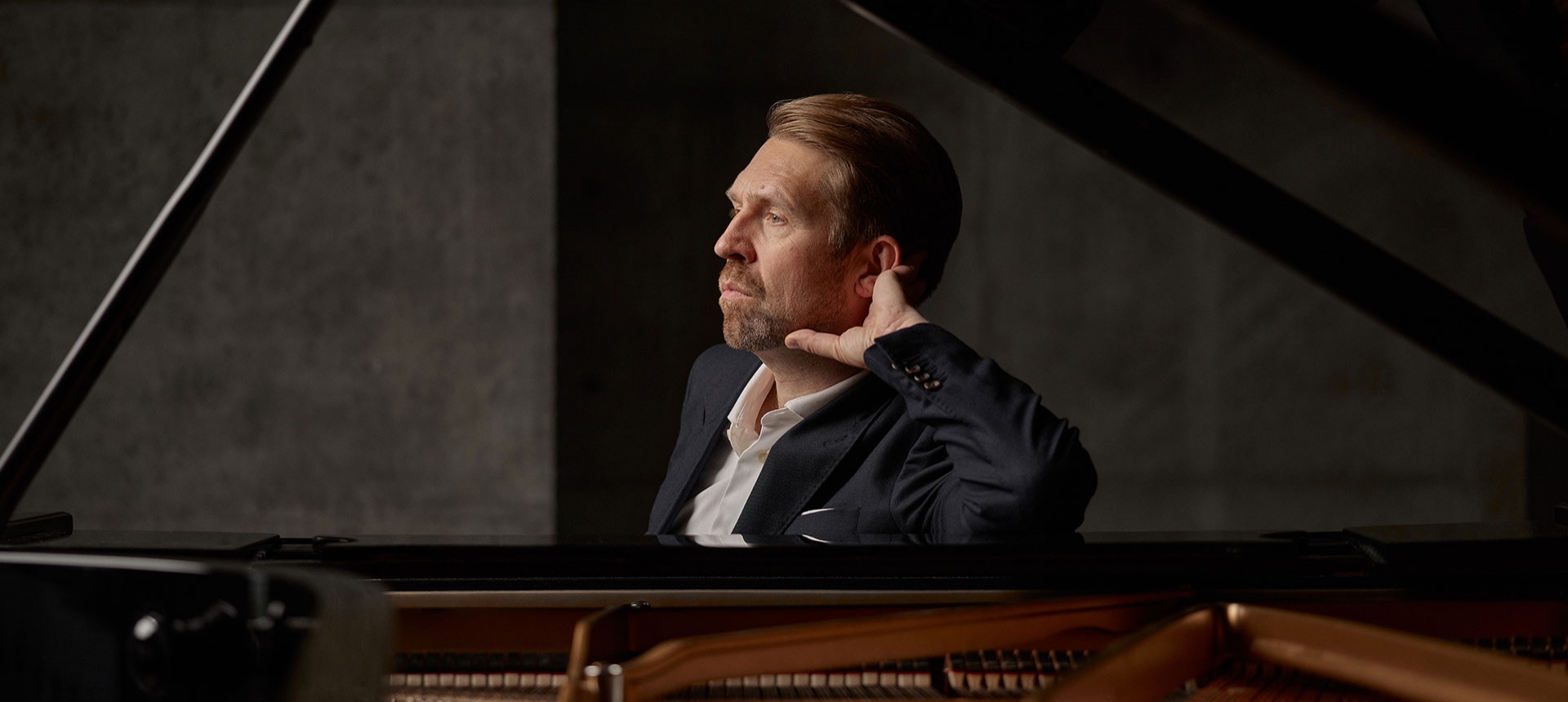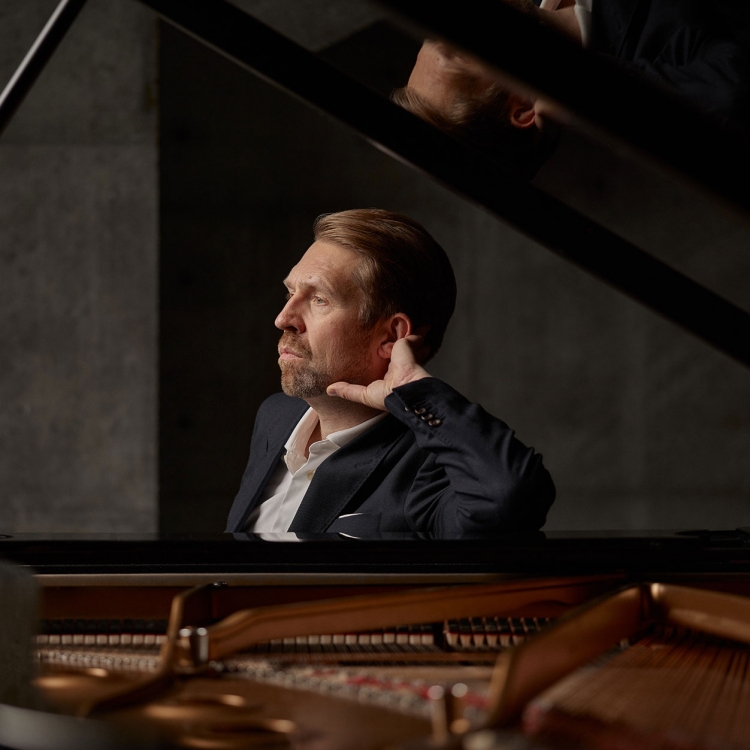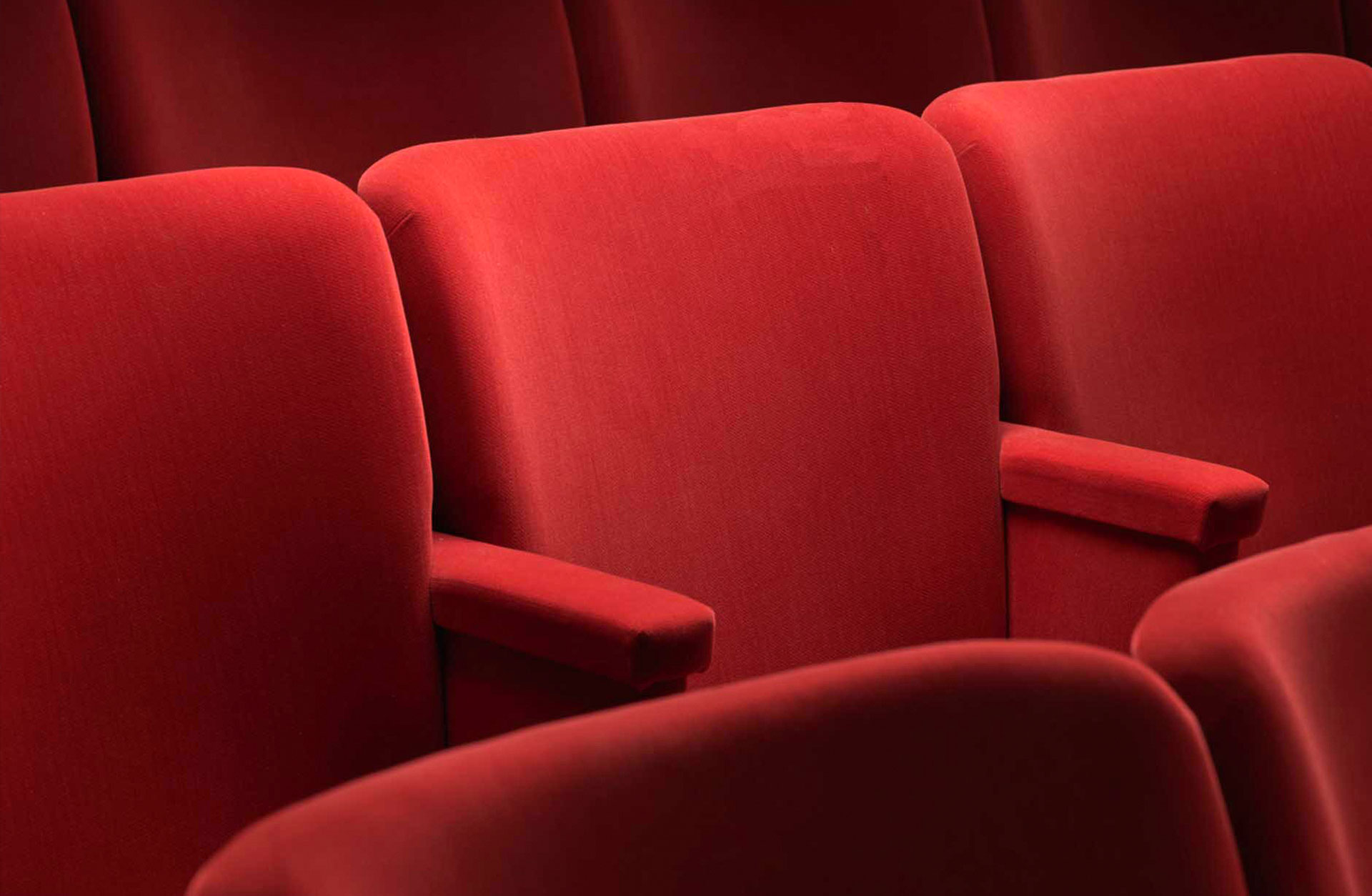Cart
Your cart is empty
Your cart is empty
List is empty
Press ESC to close the search field



Event has already taken place. Beautiful concert evenings with the Gothenburg Symphony Orchestra, conductor Magnus Fryklund and pianist Leif Ove Andsnes.
The beautiful Enigma Variations put composer Edward Elgar on the international musical map and is a key work in the history of classical music. One evening, Elgar had entertained his wife with musical caricatures of some of their friends, which soon developed into a number of orchestral variations.
Elgar said: ”This work commenced in a spirit of humour and continued in deep seriousness”. The 14 individuals described in the music include his wife, the publisher Jaeger and Elgar himself.
In this concert we also meet the Norwegian pianist Leif Ove Andsnes, one of the world’s most acclaimed and popular soloists, in Debussy’s sparkling, masterful and colourful Fantaisie for piano and orchestra.
The evening begins with British composer Anna Clyne’s Abstractions, with music inspired by five abstract works of art.
Andsnes appears by arrangement with Enticott Music Management in association with IMG Artists and records exclusively for SONY Classical.
Get to know the classic works.
Get to know the composer Anna Clyne.
Take a seat in the Great Hall one hour before the concert begins and learn more about the music you will soon experience! You will get the stories behind the music, knowledge of the composers and own reflections about the classical pieces. The introduction last for about 30 minutes, it is free and free seating in the hall. Warm welcome!

Here you will find all the necessary information that you need to know about before your magical visit in the Concert Hall.
Invite yourself or someone you like to an experience for all the senses. Welcome to visit the Concert Hall's restaurant or one of our foyer bars.